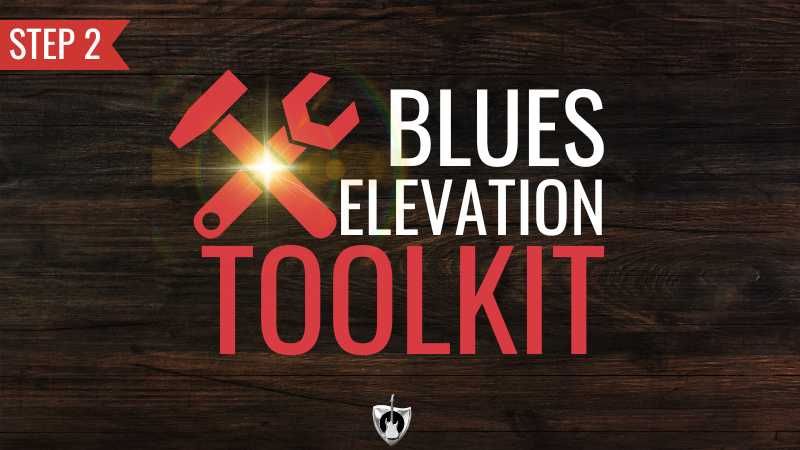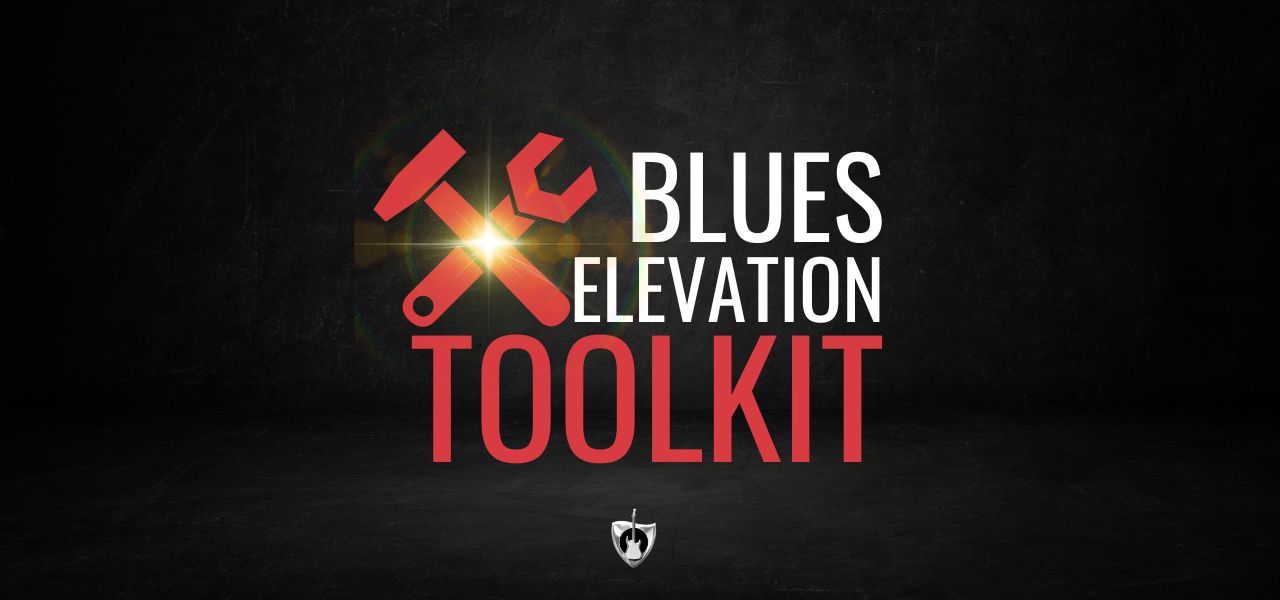Simple Scale Shortcuts - 313
Today, Let's get some more mileage out of your scales. I share some tricks to take the scale patterns you already know and get drastically different sounds from them with minimal effort.
▶▶ FREE WORKSHEET - Learn the 4 scale patterns that are in all your favorite songs - across the fretboard!
https://www.playguitaracademy.com/big_four_scale_worksheet
Improvisation is an essential skill for any musician, but it can be challenging to know where to start. With so many scales and modes to choose from, it's easy to get overwhelmed. In this post, we'll explore some simple scale shortcuts that can help you improve your improvisation skills quickly and easily.
Sequences
Sequences are one of the easiest shortcuts to apply to your scales. In fact, you don't have to learn anything new at all. A sequence is simply a repeating pattern of notes. By using sequences in your scales, you can add some variety to your playing and make your improvisation sound more interesting.
What are Sequences?
Sequences are all about the order in which you play your notes. For example, instead of playing a scale from the root note to the octave, you might play the scale in a different order, such as going up three notes and then down one. By doing this, you create a repeating pattern of notes that sounds interesting and different.
Finding Sequences in Melodies
If you examine your favorite melodies, you'll often find small snippets of sequences. These are patterns that repeat throughout the song, creating a sense of cohesion and structure. By learning to recognize these patterns, you can start to incorporate them into your own improvisation.
How to Practice Sequences
To practice using sequences in your improvisation, start by choosing a scale that you're familiar with. Then, try playing the scale using different sequences. For example, you might try playing the scale in thirds, or in groups of four notes. As you become more comfortable with using sequences, you can start to experiment with creating your own patterns.
Starting on Different Notes - Modes
Modes are another way to add variety to your improvisation. A mode is simply a scale that starts on a different note from the parent scale. For example, the A minor scale is a mode of the C Major parent scale.
Relative Major and Minor
The most common modes are the relative major and minor scales. To find the relative minor of a major scale, simply count down three half-steps from the root note. For example, the relative minor of C major is A minor. By starting on a different note of the same scale, you can create a different mood and feel for your improvisation.
Modes of the Major Scale
There are seven different modes of the major scale, each starting on a different note of the parent scale. By learning these modes, you can add some variety to your improvisation without having to learn a completely new scale. Some of the most common modes include the Dorian mode, the Phrygian mode, and the Mixolydian mode.
Modes of the Harmonic and Melodic Minor
The harmonic and melodic minor scales also have their own modes, each with a unique sound and feel. For example, the seventh mode of the harmonic minor scale is the Locrian ♮6 mode, which has a dark and mysterious sound. By learning these modes, you can add some complexity and sophistication to your improvisation.
Adjusting Single Notes for Different Sounds
Sometimes, all it takes is a small adjustment to create a completely different sound in your improvisation. By adding chromatic notes or altering a few key notes, you can create new scales and modes that sound completely different.
Harmonic Minor and Melodic Minor
The harmonic minor scale, for instance, is a common choice for adding a dark and melancholic feel to a melody, while the melodic minor scale can lend a more exotic, eastern sound.
Dorian, Lydian, and other modal options
Modes are alternative scales that can be derived from the major scale by starting and ending on different degrees of the scale. The most common modes are the seven modes of the major scale, which are:
- Ionian (the major scale)
- Dorian
- Phrygian
- Lydian
- Mixolydian
- Aeolian (the natural minor scale)
- Locrian
By using these different modes, you can create unique melodic and harmonic ideas that go beyond the basic major and minor scales.
Minor to major and other chromatic options
Another way to add variety to your improvisations is by using chromatic notes, which are notes that are not part of the key you are playing. The most common chromatic scale used in blues and jazz is the 12-bar blues scale, which can add a flatted 5th and flatted 7th to the basic major or minor pentatonic scale.
Another chromatic option is the bebop scale, which is a modified version of the major or dominant scale that adds an extra chromatic passing tone between the 7th and tonic. This added note creates a smooth, flowing sound that is often used in jazz improvisation.
Conclusion
By using these simple scale shortcuts, you can add variety and interest to your improvisations without having to learn complex scales and modes. Sequences, relative modes, and chromatic options are all simple yet effective tools that can help you take your playing to the next level.
Remember, the key to mastering these techniques is to practice them regularly and apply them in a variety of musical contexts. With time and dedication, you can develop your own unique sound and style that will set you apart as a guitarist and musician.
So next time you pick up your guitar, try out some of these simple scale shortcuts and see where they take you. And don't forget to have fun and enjoy the journey!
SHOW NOTES FOR THIS EPISODE-
https://www.playguitaracademy.com/blog/simple-scale-shortcuts-313
PLAY GUITAR ACADEMY - Instant access to all of Lee's premium courses, Group classes, and "Part 2" videos -
https://www.playguitaracademy.com
1 on 1 COACHING -
https://www.playguitaracademy.com/play-guitar-coaching
PLAY GUITAR PODCAST -
https://podcasts.apple.com/us/podcast/play-guitar-podcast/id1341900209
https://open.spotify.com/show/0MxjU2Y0L8PoYiTKmCtvpt
YouTube - Play Guitar Academy (SUBSCRIBE)-
https://www.youtube.com/@playguitaracademy
FACEBOOK -
https://www.facebook.com/PlayGuitarPodcast/
https://www.facebook.com/groups/playguitargroup/
INSTAGRAM -
https://www.instagram.com/playguitarpodcast
PODCAST PLAYLIST -
https://www.youtube.com/playlist?list=PL3WNVOl-akd36v5CUQjDba9dh6VD7HWo
Copyright ©2023 Play Guitar Academy
GET FREE WEEKLY GUITAR LESSONS, PODCASTS, AND MOTIVATION DELIVERED TO YOUR INBOX.
Your information is kept safe. It's never shared with third parties.




